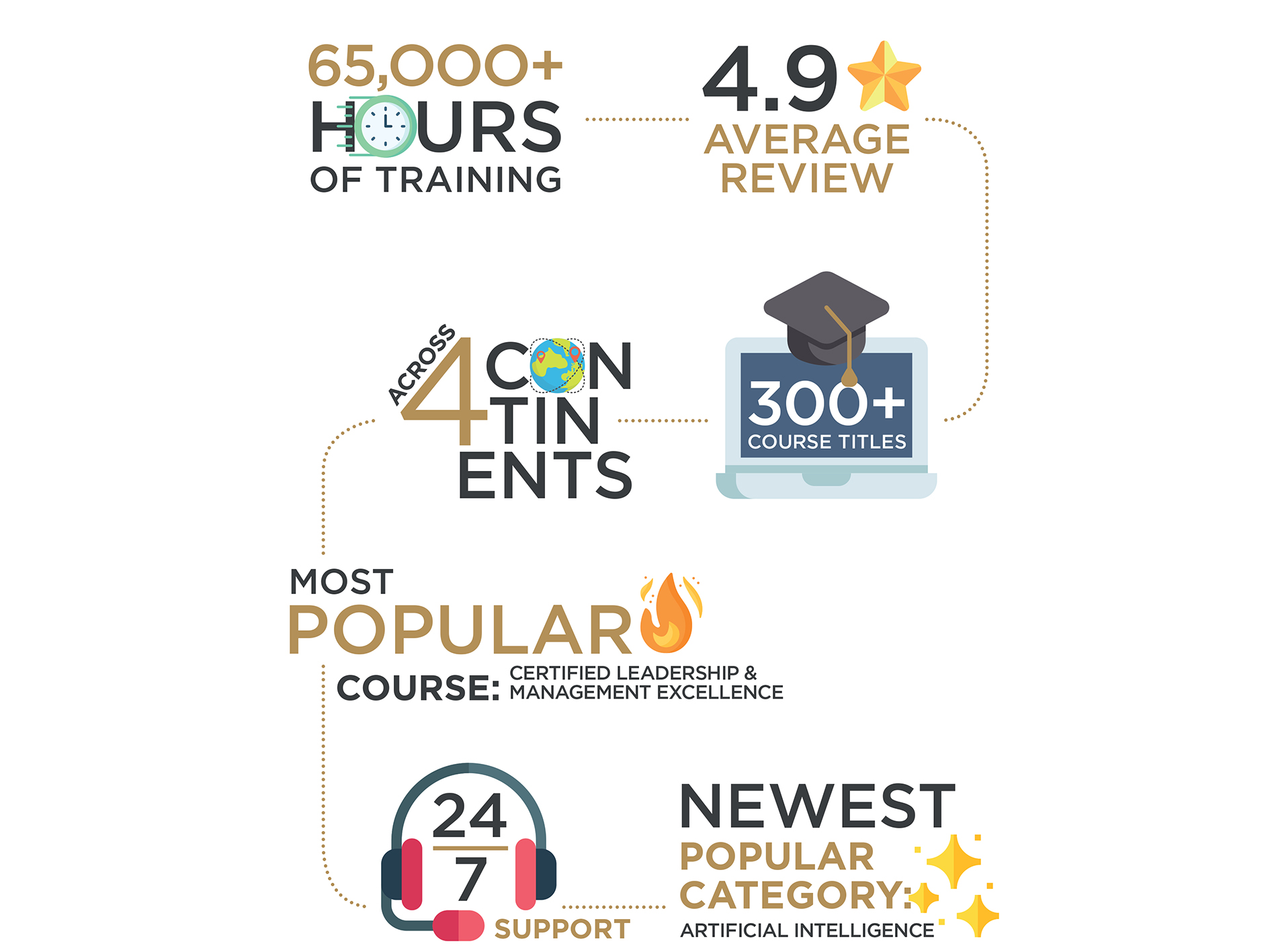In today's rapidly evolving landscape, organisations are inevitable to adapt to remain competitive. However, implementing change within an established structure can be a daunting task. This is where change management comes in, offering a structured approach to guide your organisation through any transformation, whether big or small.
Change management guides individuals and teams through planned organisational changes, minimising disruption and maximising the likelihood of successful adoption. It's about fostering an environment where individuals understand the 'why' behind the change, feel equipped to overcome it and ultimately embrace the new way of working.
Now, let's look into the key steps to design an effective change management programme in your organisation:
1. Define the Vision and Goal
2. Develop a Timeline
3. Arrange the Resources
4. Communicate with the Team
5. Tackle the Problems and Obstacles that Arise
6. Take a Training Course to Understand Change Management
1. Define the Vision and Goal
The foundation of any successful change initiative is a clear and compelling vision. Articulate the desired future state your organisation aims to achieve through this change. This vision should be concise, inspiring and easily understood by everyone involved.
What are you hoping to achieve with this change? How will it benefit the organisation and its employees? Clearly articulating the "why" behind the change helps garner support and create a sense of purpose.
2. Develop a Timeline
Once you know the direction, it's crucial to establish a realistic timeline for the change process. This timeline should define key milestones and deadlines for significant implementation phases and provide a clear picture of the journey ahead. Breaking down the change into smaller, achievable steps keeps the process manageable and prevents individuals from feeling overwhelmed.
3. Arrange the Resources
Implementing change often requires the allocation of resources, such as personnel, budget and technology. Identify the resources needed for each stage of the process and ensure they are readily available. Additionally, consider the existing skills and capabilities within your organisation and address any potential gaps through training or hiring.
4. Communicate with the Team
Effective communication is essential in any successful change initiative.
Clearly and transparently communicate the change's vision, goals and timeline with all stakeholders, including employees at all levels, managers and external partners who might be impacted.
Utilise various communication channels to reach everyone effectively, from town hall meetings and email broadcasts to informal team discussions and dedicated Q&A sessions. Address concerns proactively, listen to feedback and create a space for open dialogue. Remember, the more informed individuals are, the more likely they are to embrace change.
5. Tackle the Problems and Obstacles that Arise
Change rarely goes according to plan. It's crucial to anticipate and be prepared to address challenges and obstacles that might arise along the way. Build flexibility in your programme to adapt to unforeseen circumstances.
Foster a culture of continuous improvement by actively seeking feedback and making adjustments as needed. Encourage open communication and problem-solving within teams to overcome challenges and maintain momentum.
6. Take a Training Course to Understand Change Management
Equipping yourself and your team with the necessary knowledge and skills to map out the complexities of change management. Consider investing in training courses on Change Management principles and best practices from London Training for Excellence. The training courses will equip you with the tools and strategies to lead your organisation through transformation effectively.
Successful change management is an ongoing process, not a one-time event. By following these steps and fostering a culture of collaboration and open communication, you can empower your organisation to navigate change effectively and emerge stronger on the other side.
Written by London Training for Excellence Team
 All Courses
All Courses
 Accounting and Finance
Accounting and Finance Administration and Office Management
Administration and Office Management Business Administration
Business Administration Chemical Engineering
Chemical Engineering Communications and Public Relations (PR)
Communications and Public Relations (PR) Compliance and Legal
Compliance and Legal Construction Management
Construction Management Contract and Project Management
Contract and Project Management Customer Experience and Relationship Management
Customer Experience and Relationship Management Data Management and Business Intelligent
Data Management and Business Intelligent Digital Transformation
Digital Transformation Energy and Sustainability
Energy and Sustainability Health, Safety and Environment
Health, Safety and Environment Healthcare Management
Healthcare Management Hospitality & Tourism
Hospitality & Tourism Human Resources and Talent Development
Human Resources and Talent Development Industrial Manufacturing and Production
Industrial Manufacturing and Production Innovation and Artificial Intelligence (AI)
Innovation and Artificial Intelligence (AI) Leadership and Management
Leadership and Management Oil and Gas
Oil and Gas Procurement & Supply Chain Management
Procurement & Supply Chain Management Public Sector
Public Sector Quality and Productivity
Quality and Productivity Retail and E- Commerce
Retail and E- Commerce Sales and Marketing
Sales and Marketing Sports Event Management and Operations
Sports Event Management and Operations Strategy and Business Planning
Strategy and Business Planning Sustainability and CSR
Sustainability and CSR Learning Solutions
Learning Solutions
 About Us
About Us
 iLearn Blog
iLearn Blog
 Directory Calendar
Directory Calendar
 Contact Us
Contact Us
 All Courses
All Courses
 Accounting and Finance
Accounting and Finance Administration and Office Management
Administration and Office Management Business Administration
Business Administration Chemical Engineering
Chemical Engineering Communications and Public Relations (PR)
Communications and Public Relations (PR) Compliance and Legal
Compliance and Legal Construction Management
Construction Management Contract and Project Management
Contract and Project Management Customer Experience and Relationship Management
Customer Experience and Relationship Management Data Management and Business Intelligent
Data Management and Business Intelligent Digital Transformation
Digital Transformation Energy and Sustainability
Energy and Sustainability Health, Safety and Environment
Health, Safety and Environment Healthcare Management
Healthcare Management Hospitality & Tourism
Hospitality & Tourism Human Resources and Talent Development
Human Resources and Talent Development Industrial Manufacturing and Production
Industrial Manufacturing and Production Innovation and Artificial Intelligence (AI)
Innovation and Artificial Intelligence (AI) Leadership and Management
Leadership and Management Oil and Gas
Oil and Gas Procurement & Supply Chain Management
Procurement & Supply Chain Management Public Sector
Public Sector Quality and Productivity
Quality and Productivity Retail and E- Commerce
Retail and E- Commerce Sales and Marketing
Sales and Marketing Sports Event Management and Operations
Sports Event Management and Operations Strategy and Business Planning
Strategy and Business Planning Sustainability and CSR
Sustainability and CSR Learning Solutions
Learning Solutions
 About Us
About Us
 iLearn Blog
iLearn Blog Directory Calendar
Directory Calendar
 Contact Us
Contact Us















































 Course category
Course category Course Venue
Course Venue
